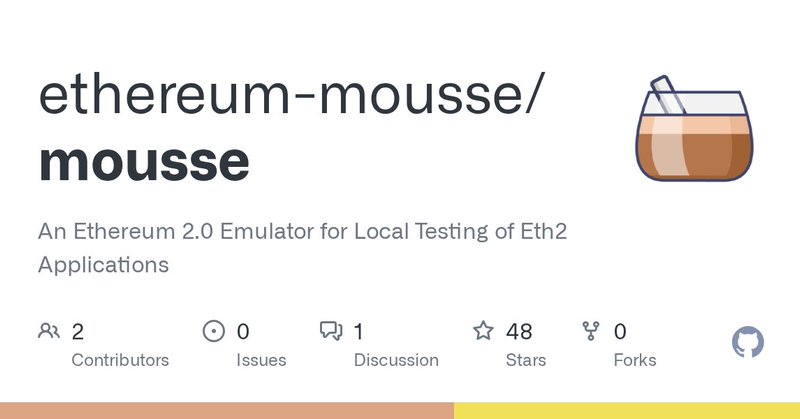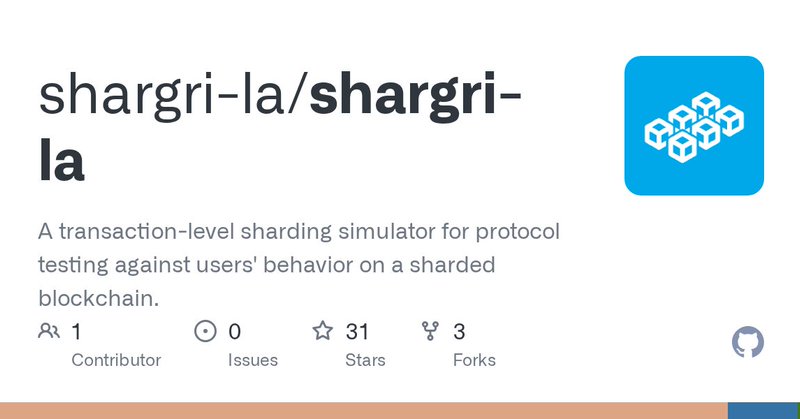
Ryuya Nakamura
@nrryuya
Followers
1K
Following
277
Media
32
Statuses
312
AI Platform for Enterprises / LayerX Executive Officer / IPA (METI, Japan) Super Creator / Forbes JAPAN 30 UNDER 30 / Director of the Privacy Tech Association
Tokyo, Japan
Joined April 2012
I am posting from this account after a long time! My focus areas have evolved over the years: theorem proving → Ethereum security → data privacy → LLMs.
🚀 Excited to share that our generative AI platform Ai Workforce has been adopted by Japan's largest bank, Mitsubishi UFJ Bank! 🌍 In our latest blog, we dive into the concept of "AI Onboarding" (AI Alignment in Enterprises). https://t.co/DGXzaQjEsJ
0
2
5
We at LayerX are honored to have our $100M Series B featured on TechCrunch! https://t.co/DSpBdgXoAP
techcrunch.com
This Japanese AI startup just raised $100M to cut businesses’ admin burden.
0
0
5
LayerX and Ai Workforce were featured on Microsoft's website as case studies for leveraging Azure. At the end, I share my personal vision of eventually providing every enterprise employee with their own version of Iron Man’s J.A.R.V.I.S. https://t.co/a2NdvhMPbE
microsoft.com
0
0
1
Our first all-English podcast is out! LayerX’s AI Workforce team is going global — now hiring non-Japanese speakers. Two engineers share insights on building Agentic Workflows. https://t.co/iIHqx350H9
open.spotify.com
LayerX NOW! · Episode
0
0
1
🚀 Excited to share that our generative AI platform Ai Workforce has been adopted by Japan's largest bank, Mitsubishi UFJ Bank! 🌍 In our latest blog, we dive into the concept of "AI Onboarding" (AI Alignment in Enterprises). https://t.co/DGXzaQjEsJ
0
3
4
#MuchClicked * @gorgos ERC3156 flash loans * @krzKaczor 0 config Typechain support in @HardhatHQ * @nrryuya Mousse Eth2 emulator * @awscloud Managed Eth nodes * @AndreCronjeTech easy add new chain to @MetaMask * @mysticryuujin load balancing endpoints * @EF_ESP grants for rollups
⟠ Latest Week in Ethereum News 🔥 1⃣5⃣5⃣9⃣ scheduled for London fork ⛓️Major @go_ethereum release with snap sync! 🦊 @MetaMask makes it easy to add any layer2 or EVM sidechain ⏩ https://t.co/Ee87nWeGPT 🙏 Thanks to @chainlink for making this issue possible
1
7
22
Please visit our GitHub, and try! Mousse is implemented in Rust. Joint work with @vinami. https://t.co/iAJ3EglJxF
github.com
An Ethereum 2.0 Emulator for Local Testing of Eth2 Applications - ethereum-mousse/mousse
0
0
6
We are excited to announce Mousse, an Ethereum 2.0 emulator for local testing of applications on Eth2 data sharding, especially Rollups. I.e., Ganache (@trufflesuite) for Eth2 data sharding! https://t.co/0GVSjO4nsL
ethereum-mousse.medium.com
“Ganache for Eth2"
3
29
93
👀 >While standalone WASM engines are faster than EVM engines, the eWASM VMs are slower than EVMs for all of the 256-bit benchmarks and most of the 64-bit benchmarks on Geth and Openethereum clients. https://t.co/AKNOdKD0UD
2
0
22
>While voting via electronic means is already available and legal in Japan Well, in elections of public officers, only the use of electronic voting machines at polling place is allowed (but not used anymore.) Voting over the Internet is illegal.
0
0
1
We are working with two Japanese cities to develop online voting systems, potentially using Ethereum. People in Japan can't vote by mail. Setting up polling places widely costs a lot. Let's vote at home. https://t.co/8iYqApTuLA
3
19
68
This is the end of the summary of the results. See the post for more details! Also, the code is open source. https://t.co/sAB5OjwLFH
github.com
A transaction-level sharding simulator for protocol testing against users' behavior on a sharded blockchain. - shargri-la/shargri-la
1
0
2
So far, we have set the parameter of demand as a uniform random number. We also experimented with the case with an extremely popular user. We observed that the fee of a shard with a popular user increased, while users who were not interested in that user flowed to other shards.
1
0
1
We also observe that users who switch shards reduce the cross-shard transactions and tend to have lower average transaction fees than those who do not switch shards.
1
0
1
Next, we experiment with a model in which users select a shard in a weighted random algorithm using the expected reduction of the fee as the weight. Unlike the previous experiment, congestions in shards are mitigated and no transaction is left in mempools.
1
0
2
It also shows that on the shard where users are flooding in, transactions are left in the mempool. Switching to the shard with the lowest expected fee is having a negative impact on the whole.
1
0
2
This is the result of the model where the user moves to the shard with the lowest expected fee. Users rush to the shard with the lowest *base fee*, and the variation in base fees is gradually amplified.
1
0
2






